Israeli strikes have killed more than 150 Palestinians in an operation focusing on the Jabalia refugee camp this week, with thousands more trapped in the ruins of the settlement in northern Gaza after a year of war with Hamas.
The camp has been the scene of several pitched battles between Israeli forces and Hamas, as the militant group attempts to regroup in areas from which the Israel Defense Forces had retreated.
This week’s offensive started with the encirclement of Jabalia, leaving a single street for its civilians to exit from. The IDF said it had “eliminated” at least 50 Hamas fighters this week, including several it said had taken part in the October 7 cross-border raid that sparked the conflict. Local health officials said at least 150 people had been killed in and around Jabalia in the past week.
“It’s more than scary — the situation is critical,” said Mustafa, who managed to escape from Jabalia before the offensive began. “It seems that the Jabalia camp will be deleted from Gaza’s geography.”
Israeli Prime Minister Benjamin Netanyahu has refused to endorse a political solution for Gaza, leaving the military fighting an intermittent insurgency as international aid groups struggle to provide a population of nearly 2.3mn civilians with enough food, medicine and shelter to survive.
Some 300,000 civilians, the UN and others said, are living in the ruins of their neighbourhoods and homes in northern Gaza, separated from the rest of the population by an Israeli military corridor that divides the besieged enclave into two sectors.
In the past few days, the IDF has demanded that thousands of civilians evacuate the northern sector and run a gauntlet of checkpoints to reach al-Mawasi, a fetid and crowded “humanitarian zone” alongside the Mediterranean. Many are too scared by the violence outside their homes to flee.
Ibrahim al-Kharabishy, a lawyer and the father of four children including a baby, said they constantly hear explosions from artillery and warplanes. His family is safer indoors, rather than out on the streets, where Palestinian looters add to the risk from the military’s operation.
“[The army] called us this morning and ordered us to evacuate, but we are staying at home because it is the only refuge we have left,” he told the Financial Times over the phone. “I am not being obstinate with the army, but we are unable to go. We need a safe place to go to.”
All they have at home is flour, and he said Israel was using hunger to “empty out the north.” Israel has denied the accusation repeatedly.
Food has all but run out in northern Gaza, the World Food Programme said, since the main crossings closed on October 1.
“WFP distributed its last remaining food stocks in northern Gaza to partners and kitchens sheltering newly displaced families — but these are barely enough to last two weeks,” WFP said.
At least 42,000 Palestinians, local health officials estimate, have been killed since the war began on October 7 when Hamas killed 1,200 people within Israel, the Israeli government said, and took 250 or so hostage. More than 100 hostages are still being held.
The renewed fighting in the Jabalia camp has been overshadowed by Israel’s offensive against Hizbollah in Lebanon, where nearly a quarter of the country’s territory is under an evacuation order from the Israeli military, the UN’s High Commissioner for Human Rights estimates.
On Saturday, Israel warned 20 more Lebanese villages that they too could face harm as the IDF’s ground invasion spread.
According to an FT count, since it began its ground invasion to combat Hizbollah on October 1, Israel has warned about 140 communities in south Lebanon to flee their homes. The IDF has commanded residents to move north of the Awali river, which runs at least 80km north of the southern tip of Lebanon.
Mohammad Bagher Ghalibaf, Iran’s parliamentary speaker, arrived in Beirut on Saturday as fighting flared across the southern Lebanese-northern Israeli border. Hizbollah said it had targeted an explosives factory south of Haifa as well as an Israeli bulldozer in the south Lebanese village of Ramia.
Two drones from Lebanon made it as far south as Herzliya, a prosperous Tel Aviv suburb, before one was shot down and the other hit a nursing home. No casualties were reported.
A soldier in the UN international peacekeeping mission Unifil, which patrols the Lebanese-Israeli border, was shot and hospitalised on Friday night. Unifil said that the peacekeeper had been hit by gunfire that came from fighting near its headquarters in Naqoura, southern Lebanon. The UN force said it did not know which side fired the bullet.
Hours earlier, two Unifil peacekeepers were hurt by unattributed explosions near an observation tower. Israel’s military said it was looking into the incidents, and accused Hizbollah of operating near Unifil positions.

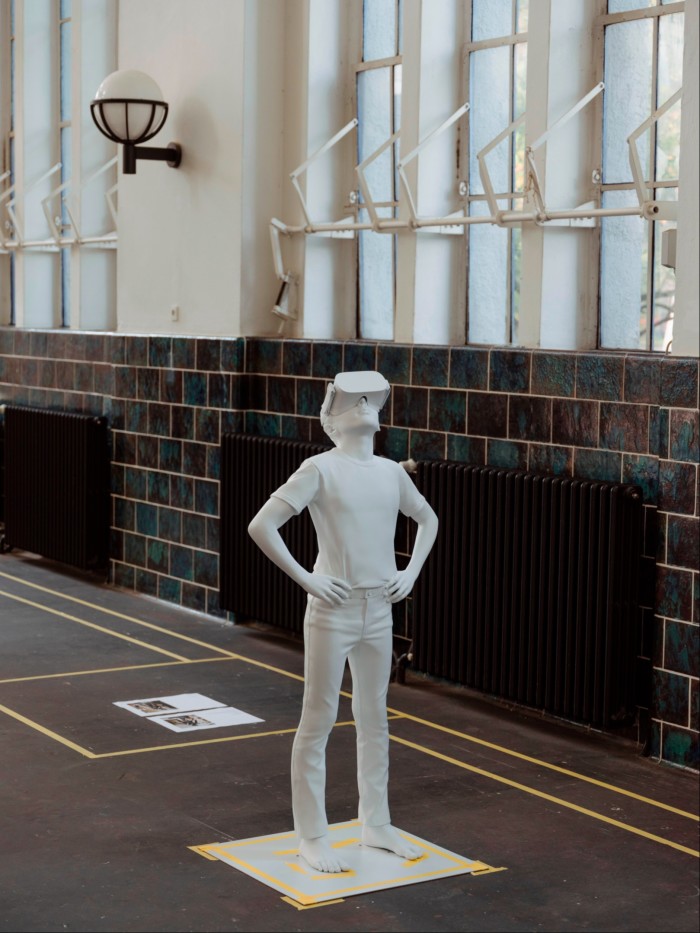






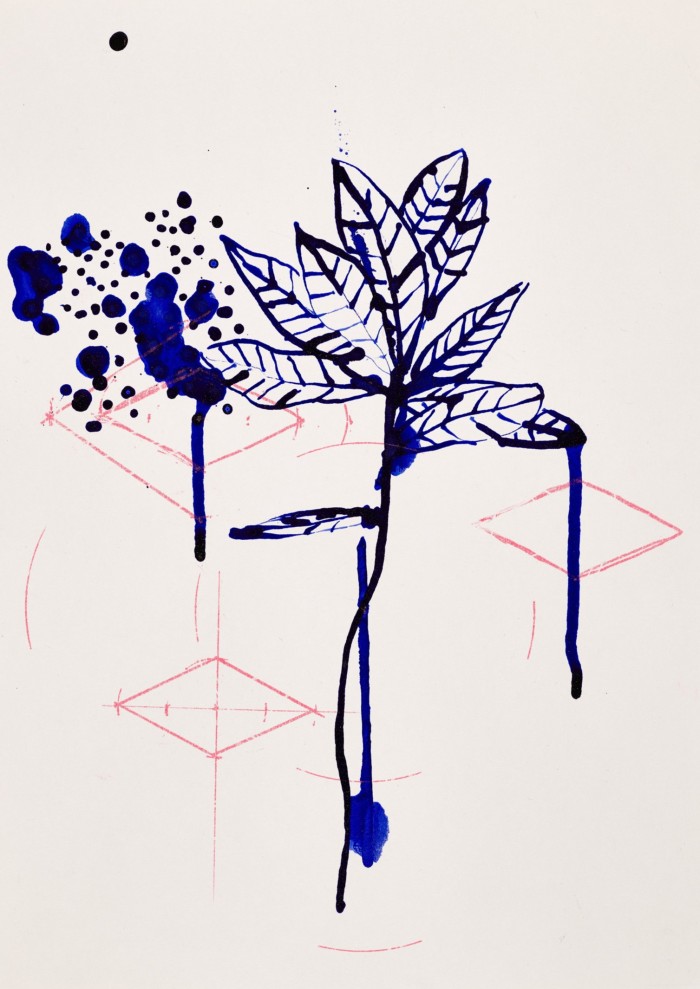




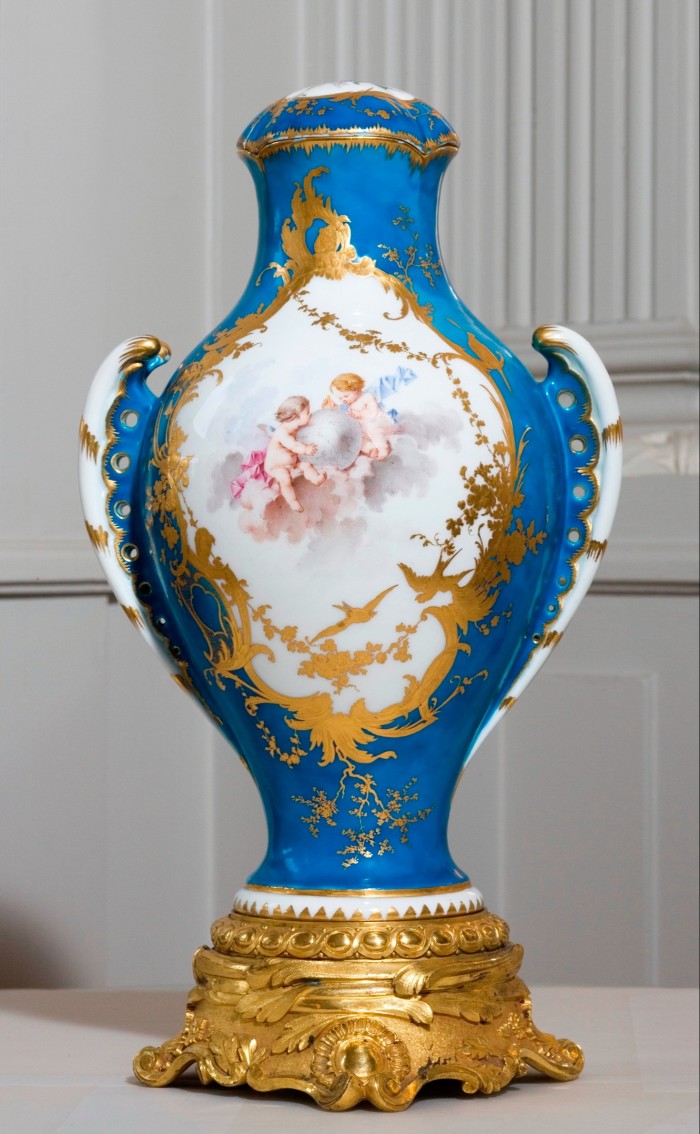



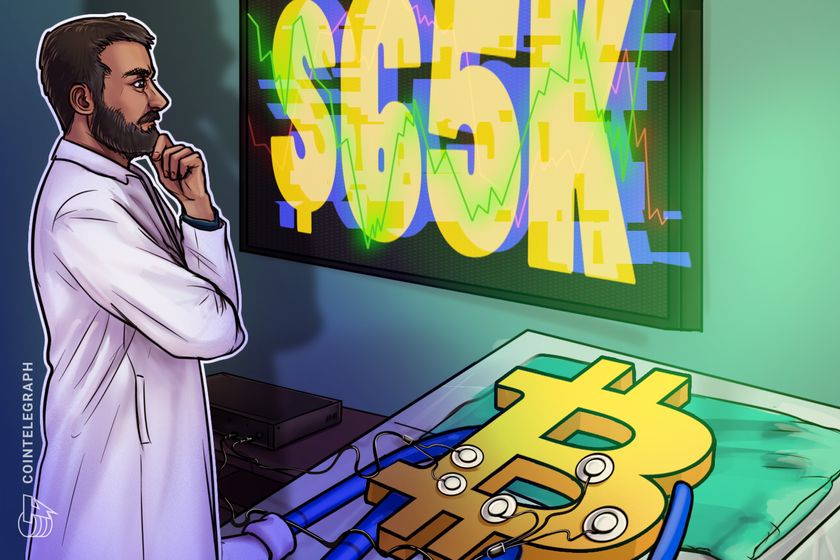

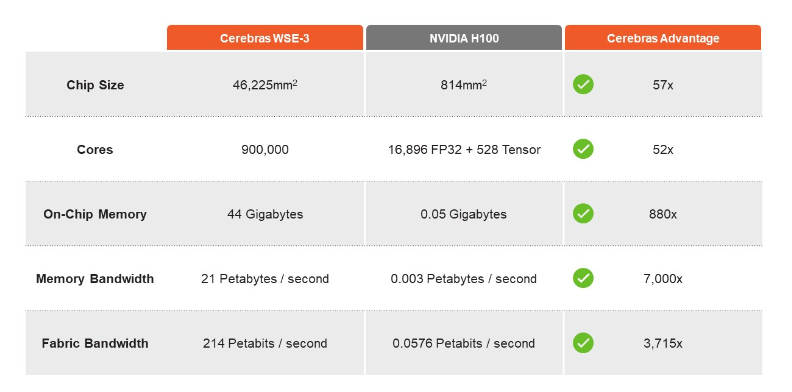

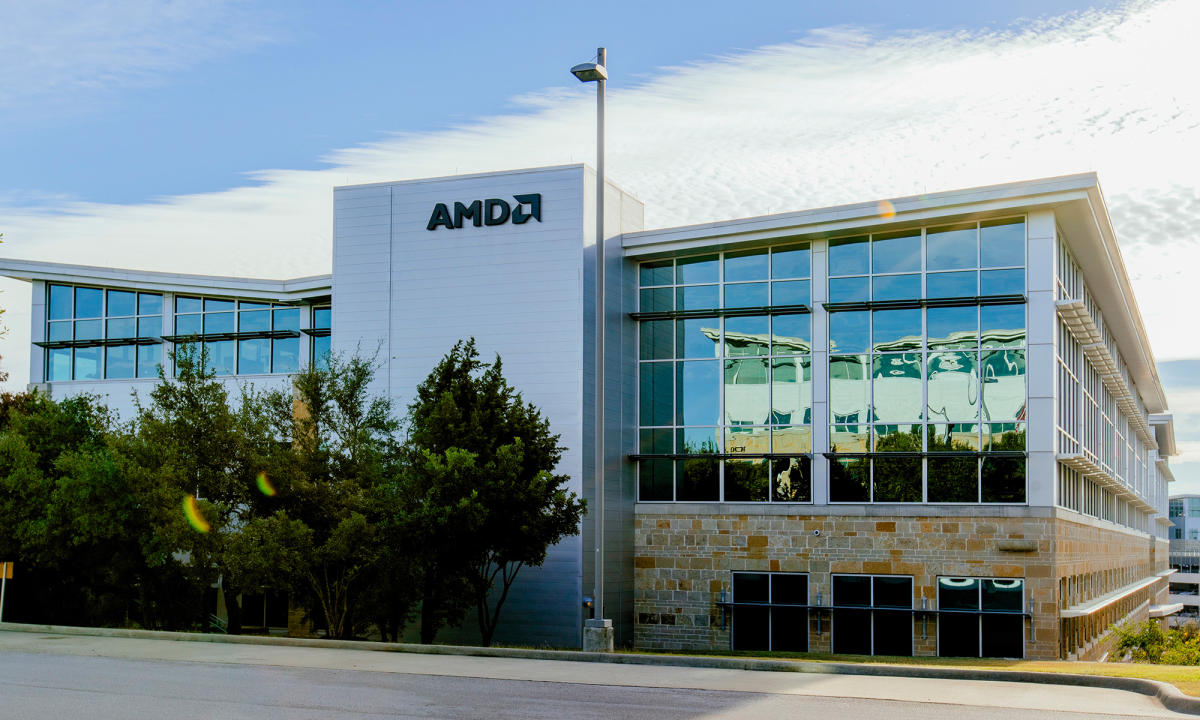






























































































































You must be logged in to post a comment Login